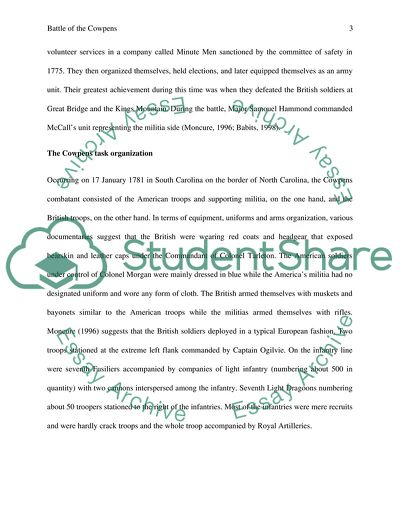Cite this document
(Battle of Cowpens Analysis Term Paper Example | Topics and Well Written Essays - 1500 words, n.d.)
Battle of Cowpens Analysis Term Paper Example | Topics and Well Written Essays - 1500 words. https://studentshare.org/military/1782595-battle-of-cowpens-battle-analysis
Battle of Cowpens Analysis Term Paper Example | Topics and Well Written Essays - 1500 words. https://studentshare.org/military/1782595-battle-of-cowpens-battle-analysis
(Battle of Cowpens Analysis Term Paper Example | Topics and Well Written Essays - 1500 Words)
Battle of Cowpens Analysis Term Paper Example | Topics and Well Written Essays - 1500 Words. https://studentshare.org/military/1782595-battle-of-cowpens-battle-analysis.
Battle of Cowpens Analysis Term Paper Example | Topics and Well Written Essays - 1500 Words. https://studentshare.org/military/1782595-battle-of-cowpens-battle-analysis.
“Battle of Cowpens Analysis Term Paper Example | Topics and Well Written Essays - 1500 Words”. https://studentshare.org/military/1782595-battle-of-cowpens-battle-analysis.


